A Narrative Analysis of Thyroid Cancer Patients' Self-Disclosure Behaviors on Visual Social Media
DOI: 10.23977/mediacr.2025.060420 | Downloads: 4 | Views: 364
Author(s)
Xiaojun Li 1, Wenxi Xu 2
Affiliation(s)
1 Experimental Teaching Center of Journalism and Communication, Anhui University, Hefei, 230000, China
2 School of Journalism and Communication, Anhui University, Hefei, 230000, China
Corresponding Author
Xiaojun LiABSTRACT
This study explores how thyroid cancer patients construct illness narratives on China's short-video platform Douyin, examining the types, experiences, and meanings of self-disclosure in visual social media contexts. Drawing on Frank's narrative typology—restitution, chaos, and quest—the analysis of 426 videos from 12 patient accounts reveals a dynamic interplay of narrative forms. Restitution narratives emphasize recovery and normalization, chaos narratives express disorientation and emotional turmoil, while quest narratives highlight personal growth and resilience. Findings demonstrate that visual storytelling enables multimodal meaning-making, identity reconstruction, and public advocacy, transforming private suffering into shared knowledge. The study underscores the role of digital platforms in reshaping health communication, offering new insights into the cultural, technological, and emotional dimensions of online patient narratives.
KEYWORDS
Narrative Analysis; Self-Disclosure; Visual Social Media; Thyroid CancerCITE THIS PAPER
Xiaojun Li, Wenxi Xu, A Narrative Analysis of Thyroid Cancer Patients' Self-Disclosure Behaviors on Visual Social Media. Media and Communication Research (2025) Vol. 6: 172-179. DOI: http://dx.doi.org/10.23977/mediacr.2025.060420.
REFERENCES
[1] Chase S E. Narrative Inquiry: Multiple Lenses, Approaches, Voices[M]//The Sage handbook of qualitative research, 3rd ed. Thousand Oaks, CA: Sage Publications Ltd, 2005: 651-679.
[2] Meadows K. Patient-reported Outcome Measures – A Call for More Narrative Evidence[J]. Journal of Patient Experience, 2021, 8: 23743735211049666.
[3] Kleinman A. The illness narratives: Suffering, healing, and the human condition[M]. New York, NY, US: Basic Books, 1988: xviii, 284.
[4] Drewniak D, Glässel A, Hodel M, et al. Risks and Benefits of Web-Based Patient Narratives: Systematic Review[J]. Journal of Medical Internet Research, 2020, 22(3): e15772.
[5] Bruner J. The Narrative Construction of Reality[J]. Critical Inquiry, 1991, 18(1): 1-21.
[6] Frank A W. The wounded storyteller: Body, illness, and ethics[M]. Chicago: University of Chicago Press, 1995.
[7] Pang, H. M. (2022). Individual identity and the meaning of life: Disease narratives in online lung cancer communities. Journal of Shanxi University (Philosophy and Social Science Edition), 45(1), 74–83.
[8] Kozinets, R. V. (2016). Netnography: Doing Ethnographic Research Online(Y. Wei-Ming, Trans.). Chongqing University Press. (Original work published 2010).
[9] Li, F. F., & Wang, C. W. (2019). How is self-empowerment possible for women with breast cancer: Reflections based on cancer narratives. Medicine & Philosophy, 40(6), 17–20.
[10] Mishel M H. Uncertainty in illness[J]. Image: The Journal of Nursing Scholarship, 1988, 20(4): 225-232.
[11] Tedeschi R G, Calhoun L G. The Posttraumatic Growth Inventory: Measuring the positive legacy of trauma[J]. Journal of traumatic stress, 1996, 9: 455-471.
[12] Wu, D. Y., Li, H. P., Xiao, T., et al. (2019). The impact of self-disclosure on benefit finding in breast cancer patients: A chain mediating effect of intimacy and self-efficacy. Chinese Journal of Clinical Psychology, 27(2), 388–391, 387.
[13] Riessman C K. Doing narrative analysis[J]. Narrative Analysis. London: Sage Publications, 1993: 15.
[14] Naslund J A, Grande S W, Aschbrenner K A, et al. Naturally Occurring Peer Support through Social Media: The Experiences of Individuals with Severe Mental Illness Using YouTube[J]. PLOS ONE, 2014, 9(10): e110171.
| Downloads: | 20358 |
|---|---|
| Visits: | 473718 |
Sponsors, Associates, and Links
-
Journal of Language Testing & Assessment
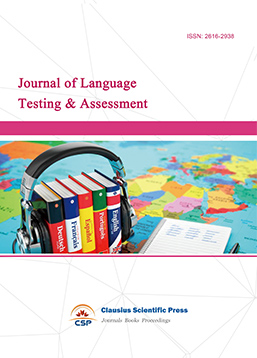
-
Information and Knowledge Management
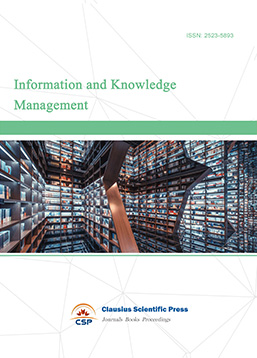
-
Military and Armament Science
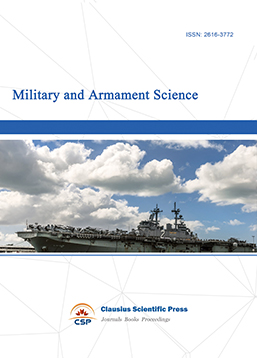
-
Journal of Human Movement Science
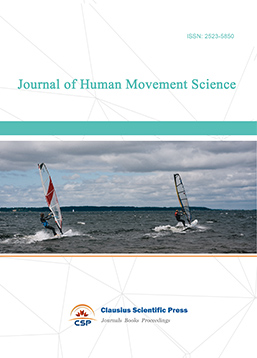
-
Art and Performance Letters
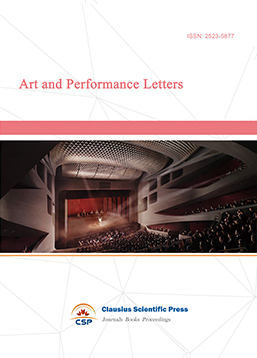
-
Lecture Notes on History
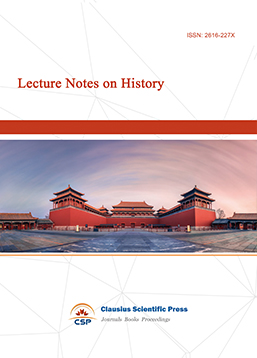
-
Lecture Notes on Language and Literature

-
Philosophy Journal
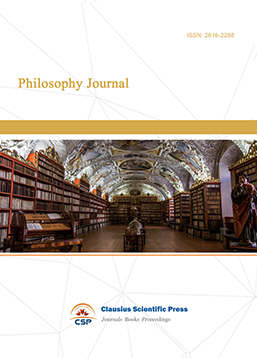
-
Science of Law Journal
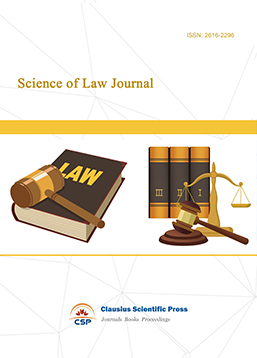
-
Journal of Political Science Research
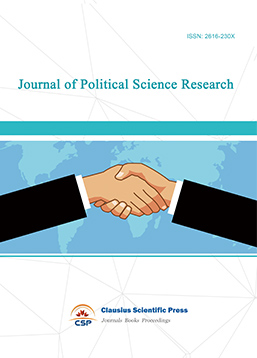
-
Journal of Sociology and Ethnology
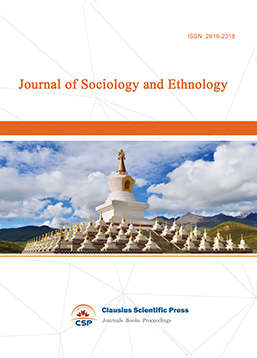
-
Advances in Broadcasting
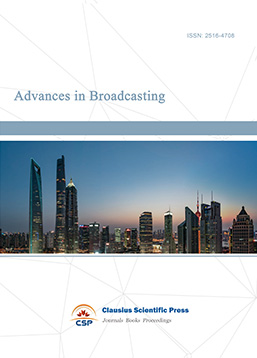

 Download as PDF
Download as PDF